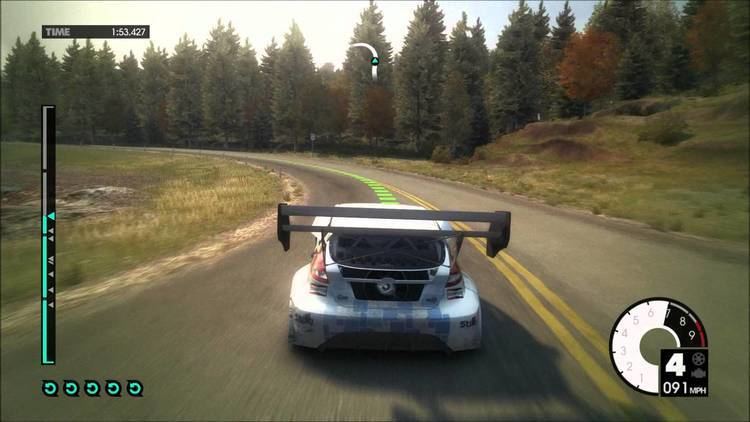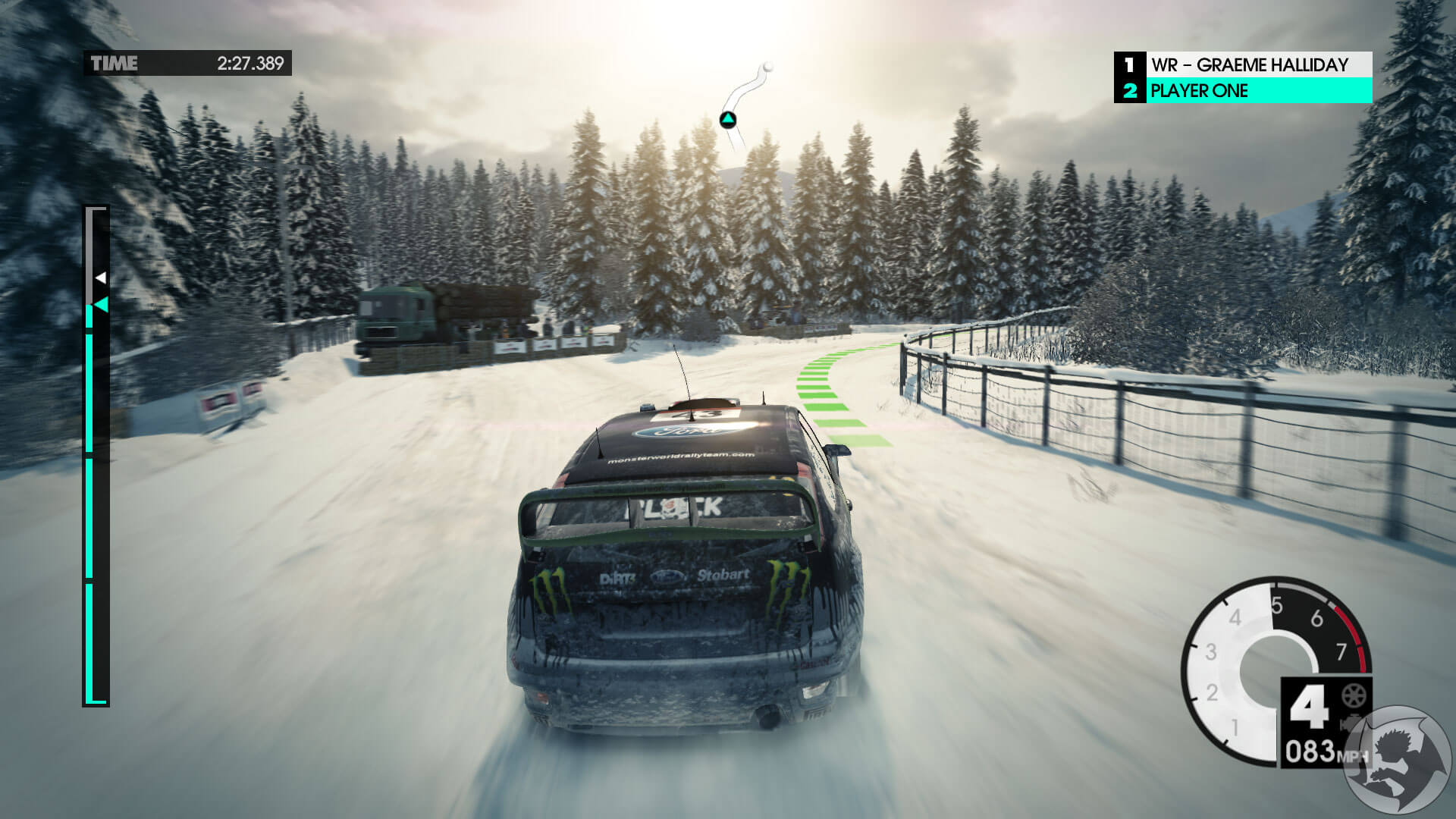

L 3 DIRT 3 IMAGES SKIN
BCC versus benign skin lesion discrimination was done based on a standard backpropagation neural network classifier. The dirt trail detection algorithm and lesion features presented in the previous section were examined for BCC versus benign lesion discrimination in the data set of 35 BCC images with dirt trails and 79 benign lesion images described above.

The following sections of the paper include: II. These dirt trails are then used to automatically discriminate basal cell carcinoma from benign skin lesions. In this research, we explore a dirt trail detection and analysis algorithm for extracting, measuring, and characterizing dirt trails based on size, distribution, and color in dermoscopic skin lesion images. Figure 1 gives two examples of dirt trails present in dermoscopy skin lesion images. These clustered objects may be characterized as dirt trails.
L 3 DIRT 3 IMAGES SERIES
In one series of 351 basal cell carcinomas in a previous study, we found 46 cases (13.1%) of 351 BCCs to have the appearance of dark gray, brown or black dots and clods of varying sizes distributed in elongated clusters with indistinct borders, often appearing as curvilinear trails. The distribution of these tiny pigmented structures has not been previously characterized. One newly described feature is brown to black dots/globules, which were found in 132 cases (21.7%) of a series of 609 basal cell carcinomas. Classic basal cell carcinoma structures, visible and measurable with the dermatoscope, have been summarized by the BASAL acronym: Blue-gray ovoids and globules, Arborizing telangiectasia, Semitranslucency/Spoke wheel structures, Atraumatic ulcerations, and Leaf-like structures. To allow early detection of these skin cancers, physicians employ a device called a dermatoscope (3Gen LLC, San Juan Capistrano, CA Heine Optotechnik, Herrsching, Germany). For an experimental data set of 35 BCC images with dirt trails and 79 benign lesion images, a neural network-based classifier achieved a 0.902 area under a receiver operating characteristic curve using a leave-one-out approach, demonstrating the potential of dirt trails for BCC lesion discrimination.īasal cell carcinoma (BCC), a slowly growing skin malignancy, is the most common cancer, with an estimate of 3 million new cases annually in the US. These dirt trails are then used to automatically discriminate BCC from benign skin lesions. One new lesion structure, referred to as dirt trails, has the appearance of dark gray, brown or black dots and clods of varying sizes distributed in elongated clusters with indistinct borders, often appearing as curvilinear trails. Dermatoscopes are devices used by physicians to facilitate the early detection of these cancers based on the identification of skin lesion structures often specific to BCCs.


Basal cell carcinoma (BCC) is the most common cancer in the U.S.


 0 kommentar(er)
0 kommentar(er)
